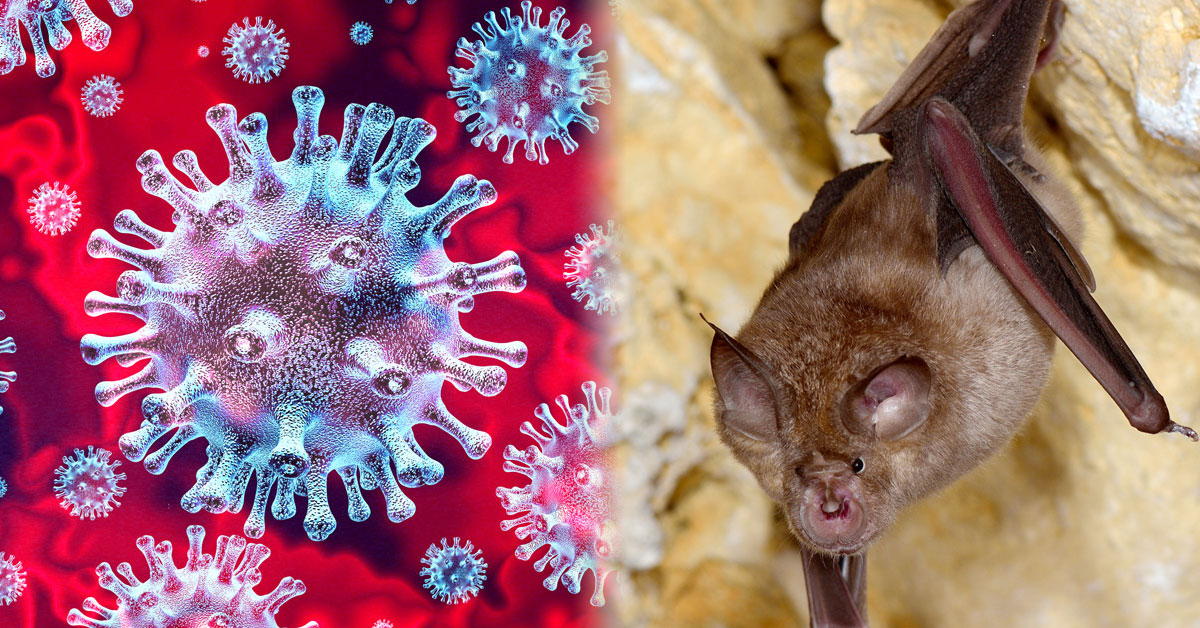
Researchers said they found no sign of genetic engineering in the virus, but some experts are not convinced. Report: Claire Robinson
Today GMWatch reported on FELIX, the GMO detection and identification programme developed by IARPA, the research and development arm of the US Intelligence community, and its relevance to the problem of detecting unknown and undeclared GMOs in the food and feed supply. We concluded that given further work and collaboration from GMO developers and regulators, FELIX could provide the tools to develop systems to identify these “hidden GMOs”.
However, an important test case that for some might cast a shadow of doubt over the capability and integrity of the programme is the FELIX analysis of the genetic sequence of the COVID virus, SARS-CoV-2, performed in January 2020. The FELIX researchers reported that they didn’t find any sign of genetic engineering, based on their failure to find “foreign” DNA sequences. They reiterated that finding in the 17 October press conference.
For those of us who have read informed commentaries that find unusual features in the virus pointing to genetic engineering, the FELIX researchers’ conclusion is hardly comprehensible. Those signs include the presence in the virus of a furin cleavage site (FCS), which makes it highly infectious to humans and isn’t present in any other coronavirus of the same class. Another unusual feature is the codon-optimisation of the genetic sequence that codes for the FCS, a frequently used genetic engineering approach to increase the efficiency of translation of the mRNA produced from the introduced gene, resulting in more protein production.
One expert on GMO detection (who is not otherwise quoted in this article) told us that in his view, the FELIX analysis of the virus was so inadequate that the researchers should be “embarrassed to talk about it”. Another unimpressed expert is Prof Richard Ebright of Rutgers University, who has spoken out in favour of the hypothesis that the virus was a genetically engineered lab creation. He tweeted that FELIX’s tests “failed” this “reference case”.
This potential failure could indicate a problem with the reference database against which the FELIX researchers compared the virus sequence. GMWatch asked the press contacts of the US government’s Office of the Director of National Intelligence and Ginkgo Bioworks the following questions:
1. Which genetic sequencing information was used to analyse the genome of SARS-CoV-2?
2. Which reference database was used to conclude an absence of genetic engineering?
3. Why were the unusual features of the virus (mentioned above) not flagged up by the FELIX system and experts as highly unusual and therefore unlikely to occur naturally?
4. The presence of the FCS in the virus’s genome was only announced in the scientific literature after FELIX did its January 2020 analysis, so perhaps omitting analysis of the FCS might explain why the FELIX system concluded that there was no evidence of genetic engineering in the virus?
Despite an initial positive acknowledgement of our email from the Office of the Director of National Intelligence and an offer of an interview with IARPA’s Dr David Markowitz, no responses were forthcoming from these organisations, from Ginkgo, or from Dr Markowitz; nor did the interview materialise. We are disappointed with their silence and hope it doesn’t indicate that the researchers have bowed to US government or other pressure to deny the lab origin hypothesis. An analytical system cannot afford to have its independence and objectivity compromised by political interests.
We call upon the FELIX researchers to publish their analysis of SARS-CoV-2 in a peer-reviewed journal. They may be correct in their analysis and conclusions – in our view the evidence for a genetically engineered lab origin is strongly suggestive but not conclusive. But unless they are transparent about the way they reached their verdict, it will fail to convince many.
Despite this incident, we hope and expect that the FELIX researchers can work objectively and transparently on perfecting their GMO detection and identification methods and, with the cooperation of industry and regulators, develop ways to apply their tests to solve the problem of unknown and undeclared GM products in agriculture and food.










